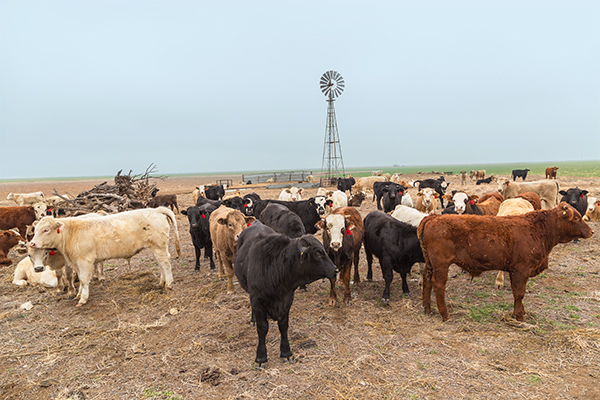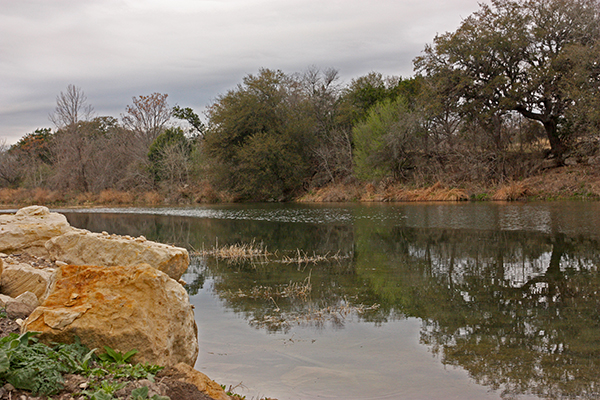Agricultural or Wildlife Exemption:
Which Option is Right for Your Needs?
Landowners in Texas have a variety of ways to take advantage of favorable 1-d-1 open spaces land appraisal. Two of the more popular options are agricultural (“ag”) and wildlife management exemptions. Both options help property owners stay on their property, but there are a few important similarities and differences that should be mentioned.
Similarities:
- Both are legitimate land uses requiring active management.
- Property tax rates under both ag and wildlife appraiser are identical, with taxes paid usually around $1-$2 per acre each year.
- County appraisal districts (CADs) administer agriculture and wildlife appraisals and CADS often require proof of eligibility at regular intervals.
- Income generation is a possibility with either form of valuation – livestock and/or crops may be sold and wildlife land may be leased for hunting/camping/nature tourism.
Differences:
Agriculture Exemption
- Landowners must produce food or fiber to the level of intensity that is typical for the area. Appraisal districts determine livestock stocking rates and crop production minimums.
- For properties with livestock, fencing and water troughs need to be maintained.
- Ag uses may involve significant expenditures including fencing, supplemental feeding, veterinary services, livestock purchase, equipment, etc.
- If the land does not have a form of 1-d-1 open spaces appraisal, landowners must devote the land to ag production for five years before applying.


Wildlife Exemption
- Landowners may have livestock or produce some type of crop on their property, but they are not required to do so.
- With wildlife management, there are no fencing requirements. Land may have no fence, a standard livestock fence, or a high fence.
- Budget to implement wildlife practices can be as low as a few hundred dollars per year.
- Property must have an agricultural valuation first before it can be converted to wildlife. With few exceptions, land cannot convert directly from market valuation to wildlife.
- Without livestock grazing, native grasses and wildflowers flourish, improving property aesthetics, wildlife values, and property enjoyment.





